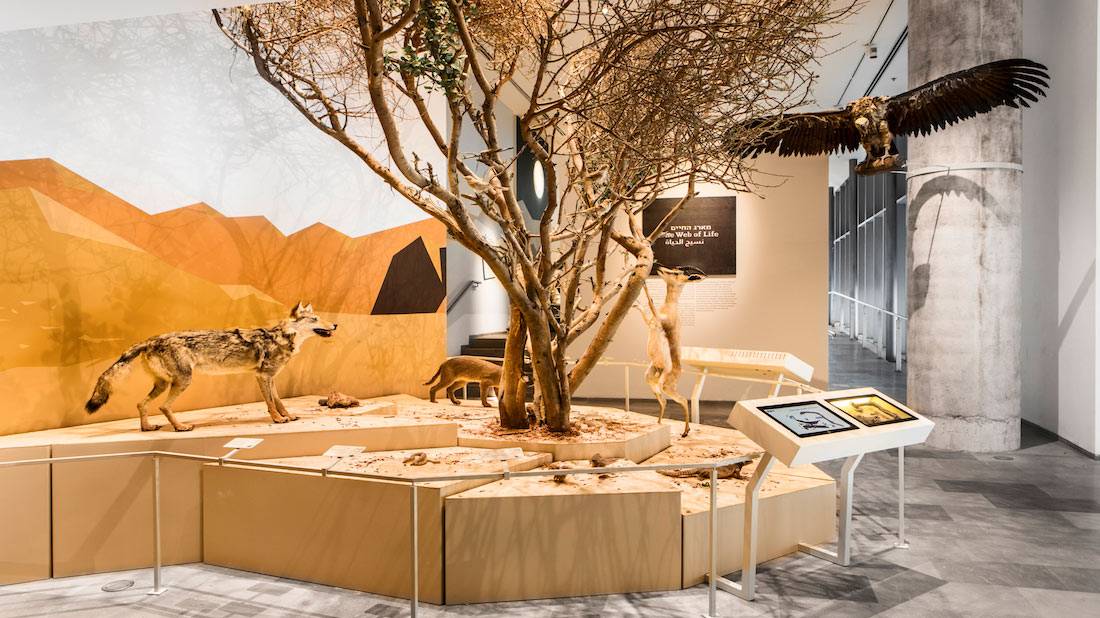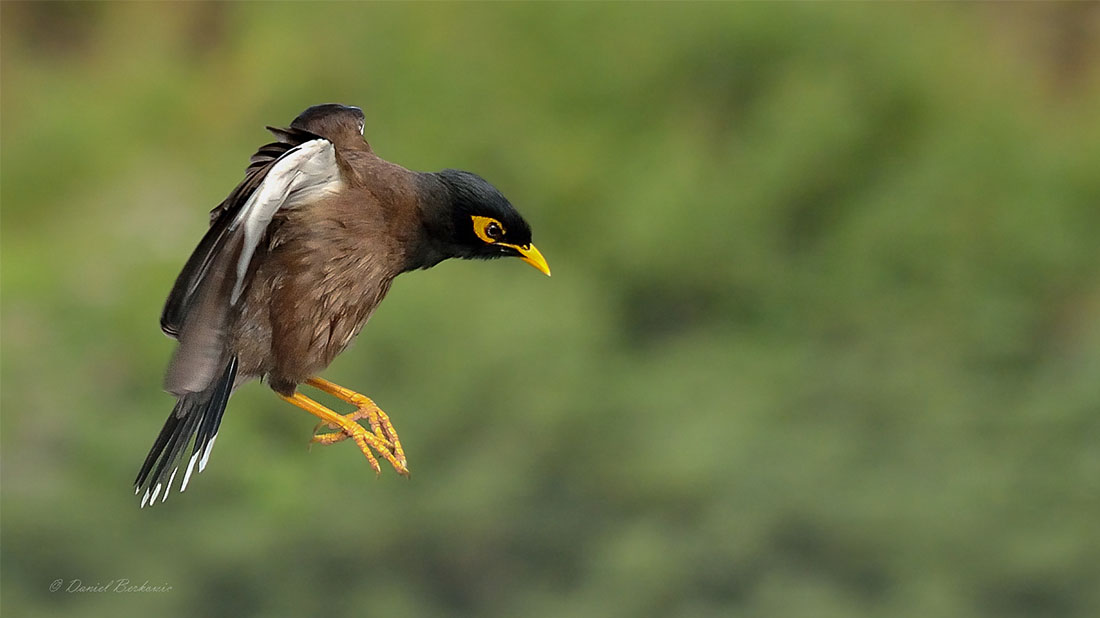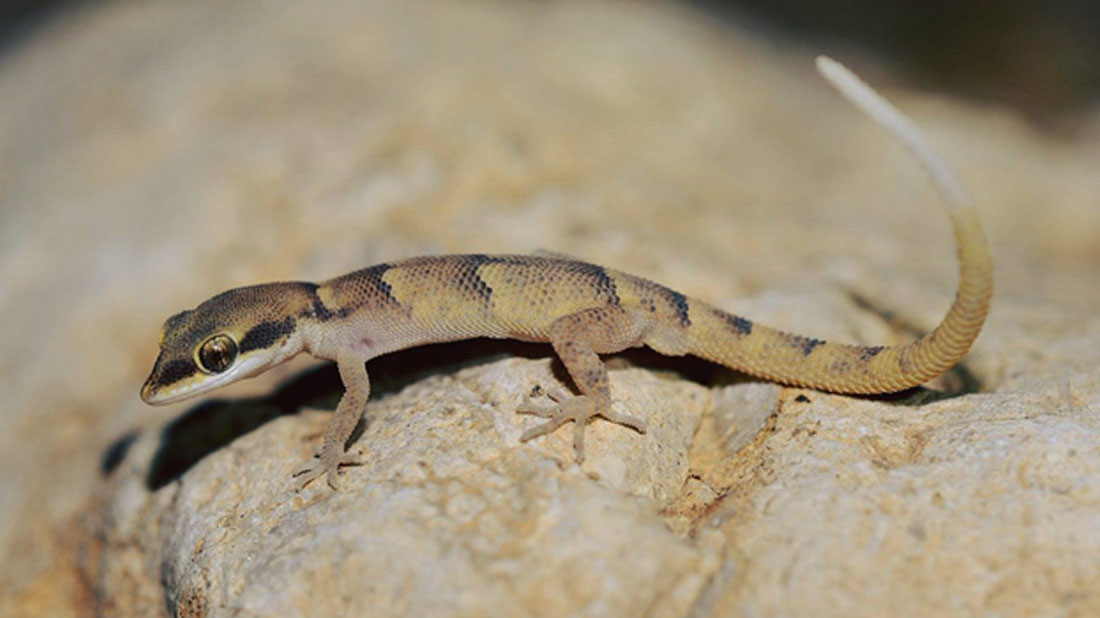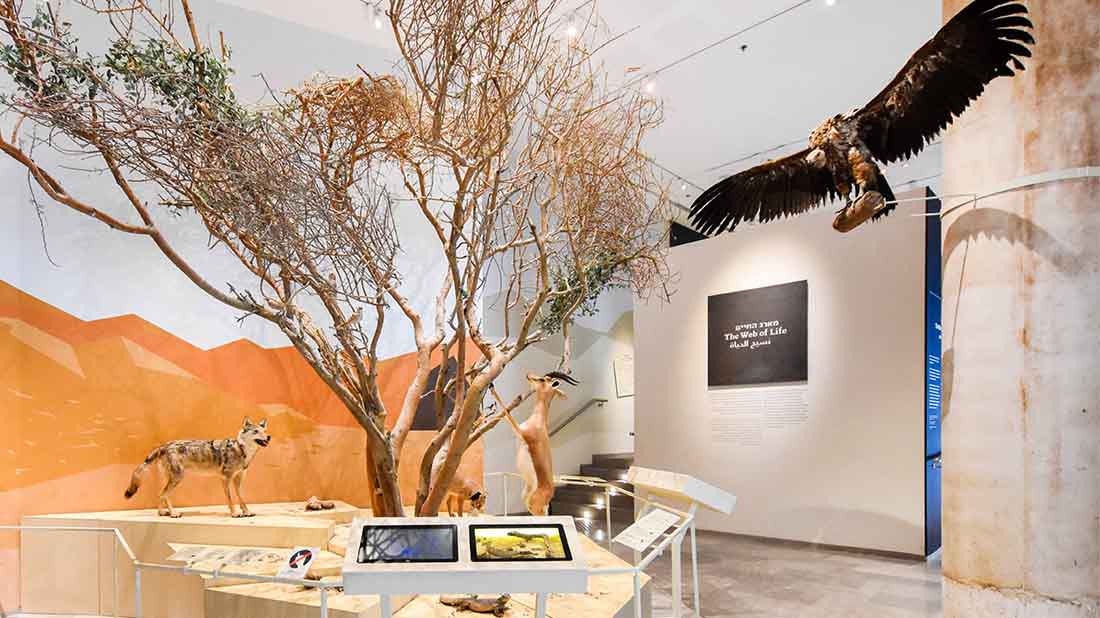Life in our world is based on a branched network of connections among different living organisms. Basic needs, essential for the existence of life, such as food, reproduction, defense and dispersal, are fulfilled through this complex and fascinating web.
In the arid desert, the acacia tree is a center of life, a center of connections. Among the acacia’s branches, a complex, amazing ecosystem has developed, comprising dozens of species of living organisms – all of which maintain a complex system of connections with the acacia itself. Some of them harm the tree; others provide it with services like pollination or seed dispersal. Many animals use the acacia as a lookout post or as shelter from the sun; others nest among its branches, or lay their eggs inside them. This great diversity of organisms attracts additional creatures, mainly predators and scavengers, but also organisms that interact with one another in other ways.
Nectar and sap – center of attraction for a variety of insects
Many insects feed on nectar from the tree’s flowers or sap, as these liquids contain a high concentration of sugar. Some, such as the bright babul blue butterfly, pollinate the acacia as they fly from one tree to another. Others, like the acacia treehopper, just exploit the acacia, giving nothing in return. Some of the insects that feed on the nectar and sap excrete the excess sugar as drops of “honeydew” – a source of food that attracts ants.
The acacia treehopper is a cicada that conducts a complex interaction with the acacia tree. On its thorax, the treehopper has bumps resembling the acacia’s small thorns, providing it with excellent camouflage among the branches. The treehopper feeds on the acacia’s sap, sucking it through a proboscis which it inserts into the branches, and secretes honeydew that draws the weaver ant. This ant, in turn, secretes silk fibers that encase and protect the treehopper. The treehopper also lays its eggs in cracks in the acacia’s bark.
Acacia leaves – a source of food for insects
A great diversity of insects live among the acacia’s branches, feeding off its leaves. Some are well-camouflaged thanks to their strong resemblance to the acacia’s leaves or thorns, or even to bird droppings.
The moth Trachypteryx acanthotecta lives on the acacia and feeds on its leaves. Its larvae use excrement and silk to build a kind of armor resembling a thorn, thereby providing suitable camouflage. Inside this protective armor, the larvae move from one place to another on the tree, and eventually pupate. This moth’s reproductive cycle is adapted to the growth cycle of the acacia’s foliage.
Another moth, called the snout moth, also feeds on acacia leaves, and its larvae also use excrement and silk to build themselves a refuge. How do snout moth larvae camouflage their protective shield?? It closely resembles bird droppings!
The long-horned grasshopper’s green body is laced with white, and the bumps on its legs resemble acacia leaflets, contributing to its camouflage. Feeding on acacia leaves, the grasshopper lays its eggs in the leaf’s main vein, which it penetrates with its ovipositor (egg-laying tube). The grasshopper’s reproduction is timed so that its young develop when the acacia’s foliage is at the peak of its growth.
On gazelles, oryxes and acacias
The acacia also attracts a range of ungulates (large mammals with hooves) that feed on its leaves and fruits, and benefit from its shade during the hot daylight hours.
One of these, closely associated with the acacia, is the dorcas gazelle. During the summer months, this gazelle’s foraging areas overlap the distribution of acacias in the desert. Taking shelter in the tree’s shade during the hot hours, the gazelle also eats its leaves and fruit – as a source of both food and water.
Another is the Arabian oryx, which went extinct in Israel in the early 20th century, but has been gradually reintroduced to the wild since the 1980s. The oryx is very important for the dispersal of acacia seeds: it feeds on the pods, digests the seeds inside them, and excretes the seeds in its droppings wherever it goes. Researchers have found that the digested seeds germinate more easily than non-digested seeds, and hope that reintroduction of the oryx to the wild will facilitate reinforcement of the acacia population.
And what about the acacia itself?
So many living organisms benefit from the acacia’s presence in the desert, but what about the acacia itself? Does it also reap benefits from the vast web of connections all around it? Absolutely! As mentioned above, its flowers are pollinated by the bright babul blue; and its seeds are dispersed by a range of mammals that eat its fruit.
In summary, it seems that the acacia, the most prominent and common tree in the Negev, is in fact a genuine oasis – both for us and for the diversity of organisms living on and around it.






